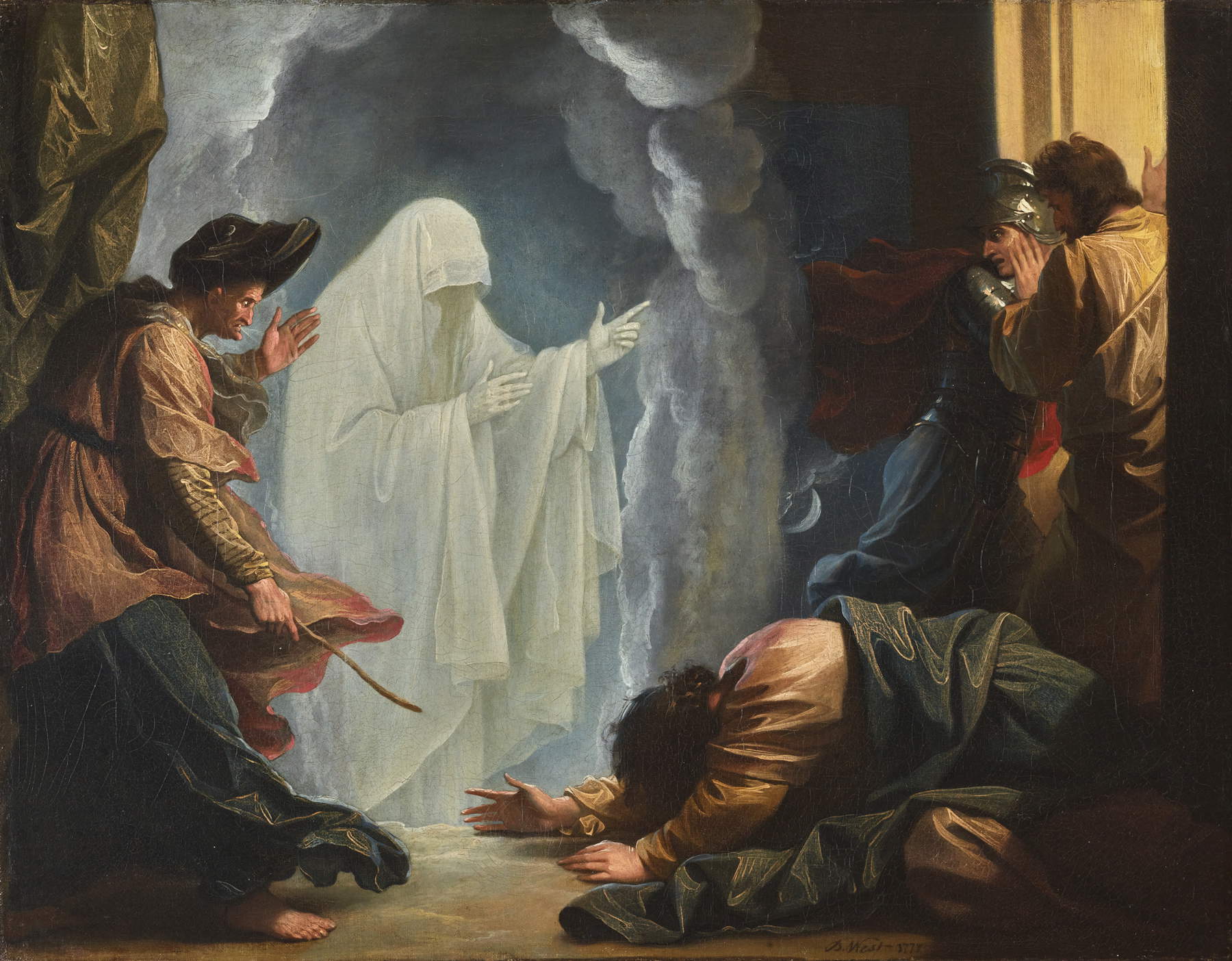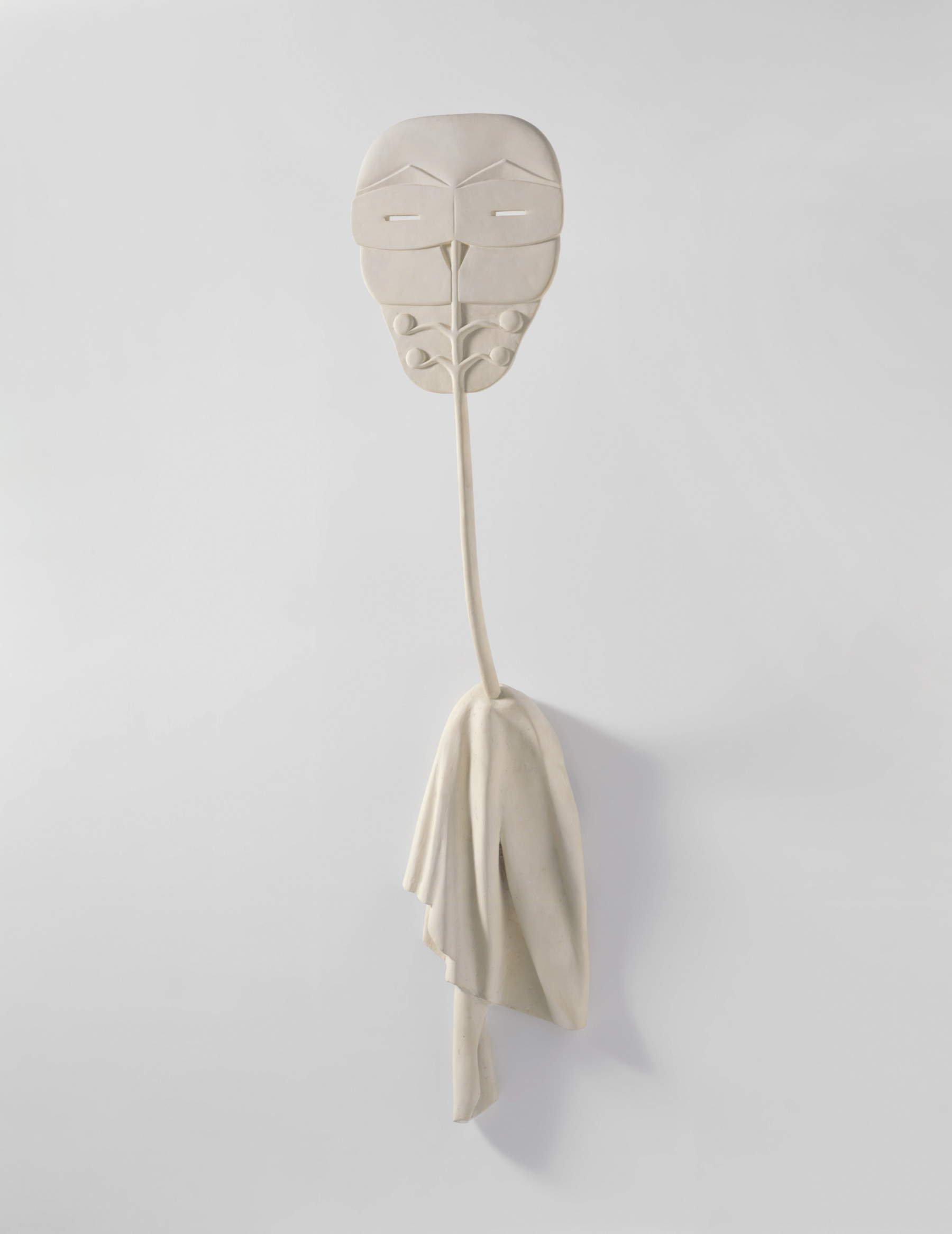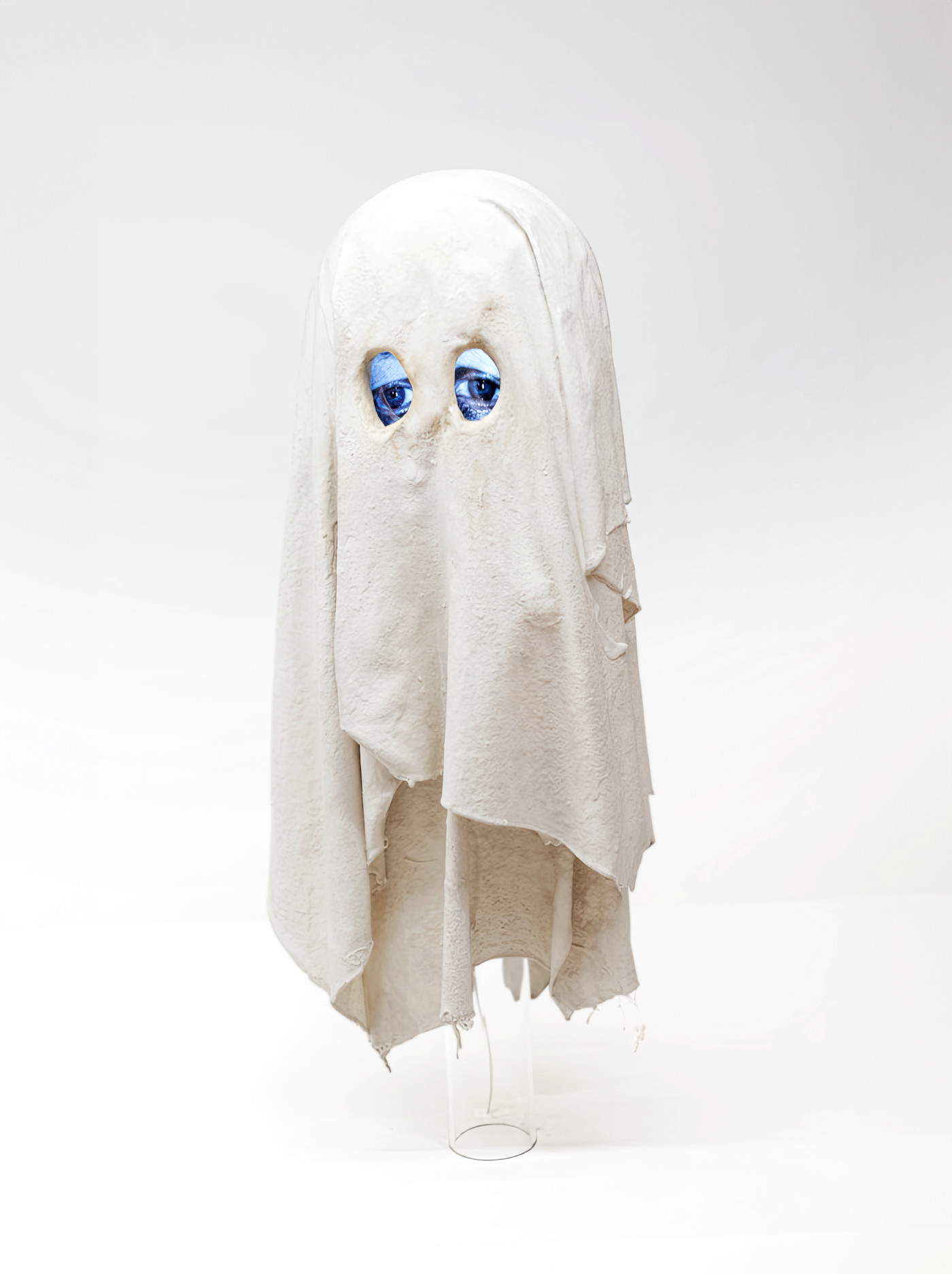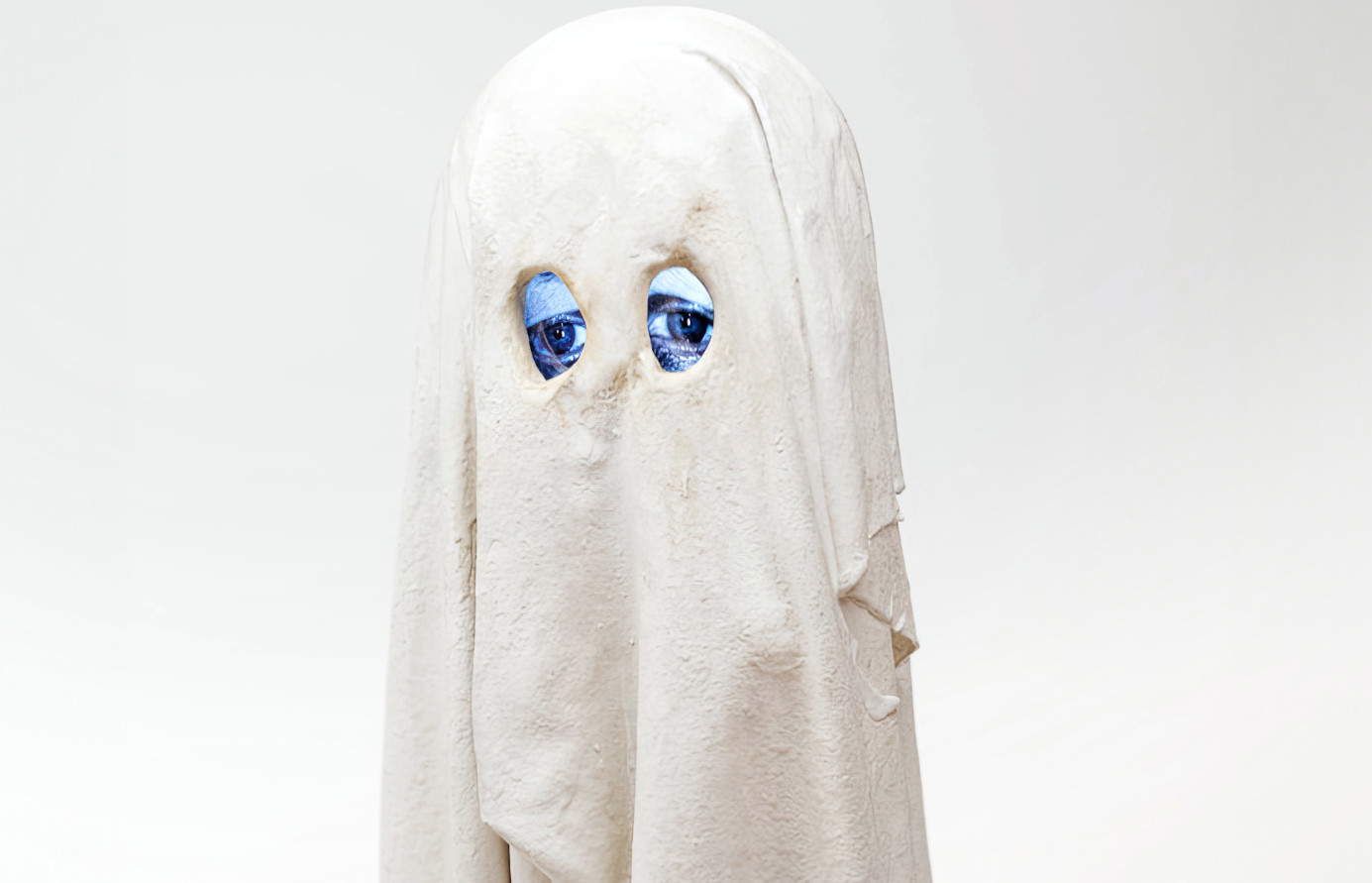From September 20, 2025 to March 8, 2026, the Kunstmuseum Basel is hosting a major exhibition dedicated to ghosts. With more than 160 works and objects created over the past 250 years, Ghosts. Visualizing the Supernatural, curated by Eva Reifert, explores the visual imagery associated with ghostly apparitions, which developed particularly in the 19th century in the West, when science, spiritualism and popular media began to intertwine, leaving a profound imprint on art.
Often remembered as the age of rationality, technology and scientific progress, the 19th century was actually also a period when belief in ghosts experienced an extraordinary flowering. In the second half of the century, ghostly presences became tools for investigating the unexplored boundaries of the psyche, opening up new avenues in the inner life. Romanticism fueled the desire for wonder and spectacle, juxtaposing belief in spirits with innovations in the techniques of illusion, such as the famous theatrical effect Pepper’s Ghost.
A central role was played by photography, invented around 1830, which fostered the rise of so-called spirit photography. Figures such as William H. Mumler in the United States and William Hope in England made images that seemed to restore the presence of the dead, reinforcing the idea of an afterlife and influencing to this day the visual appearance attributed to ghosts. No less famous was Munich’s “ghost baron,” Albert von Schrenck-Notzing, a parapsychologist who combined photography with an almost scientific approach, documenting the supernatural manifestations of his séances. The writer Thomas Mann also participated in these as a witness.
While spirit photography represents one of the exhibition’s pivotal themes, just as much space is devoted to drawings, writings and images created by spirit mediums, evidence of direct contact with the spirit world. The exhibition also addresses the theme of places inhabited by ghosts, analyzing the connection between ghostly presences and states of psychological distress.
The exhibition focuses on developments in Western culture in the 19th century, but also extends into the 20th century, showing how artists have continued to draw inspiration from spectral narratives and their visual potential, often outside the fine arts in the strict sense.
The exhibition was made possible with the contribution of two prominent consultants: Andreas Fischer of the Freiburg-based IGPP (Institute for Frontier Areas of Psychology and Mental Health), an expert on spirit photography and materialization phenomena, and British art historian Susan Owens, author of The Ghost: A Cultural History (2017), who called ghosts “the shadows of humanity.” The project thus focuses exclusively on ghosts, leaving aside figures such as angels, demons or nature spirits, and instead emphasizing their poetic value, evocative power and metaphorical function in confronting the dilemmas of the present.
It is precisely this ability of ghosts to continue to interact with the collective imagination and the cultural unconscious that explains their enduring power. The scenography, designed by Alicja Jelen and Clemens Müller of the studio please don’t touch (Dortmund), is designed to amplify perceptions, fostering immersive experiences and suspended atmospheres.


Hundreds of millions of people around the world believe in ghosts, and this collective belief is rooted in a long history. Although advances in science and technology seem to leave no room for the supernatural, even today most people retain an attitude oscillating between skepticism and belief.
To talk about ghosts and spirits is not just to retrace their traditional depictions or to recall the nineteenth-century experiments that attempted to give a rational definition to the invisible. This exhibition aims to clarify how ghosts are, above all, metaphors for the return of what reason cannot completely erase: they remind us that, even in an age dominated by technology, there remain existential mysteries that no science can solve, chief among them death.
Ghosts, however, are not only embodiments of fear or the unexplainable. They are also figures of memory, witnesses to what some would like to forget. They recall absences that continue to shape the present, give voice to what has been silenced but resurfaces in other forms. They remind us that the Enlightenment ideal of an entirely rational and governable world was never fully realizable: much of human experience-in the individual psyche as in politics, society and culture-moves according to logics that elude reason.
Indeed, the present is inhabited by the ghosts of the past: violence that has gone unpunished, traumas that paralyze, events that refuse to stay buried. Think of the ghosts of colonial histories that still mark contemporary life, or the specters of economic crises that resurface in political debates.
Yet, ghosts do not belong only to the dark. In art as in imagination, they range from horror to comedy, from melancholy to levity. It is no coincidence that Tony Oursler’s Fantasmino was chosen as the emblem of the exhibition: a figure at once playful and disturbing. A symbol that reminds us how ghosts can also invite us to play, to invent new presences, to question certainties.
Ghosts speak to us of what remains unfinished and unresolved, of what remains open to interpretation. After all, they are always also mirrors of their time, embodiments of the zeitgeist. As Susan Owens writes, “ghosts are mirrors of the times. They reflect our concerns, following the current of cultural trends and reflecting the mood of each age.”

 |
| A major exhibition dedicated to ghosts is coming to the Kunstmuseum Basel |
Warning: the translation into English of the original Italian article was created using automatic tools. We undertake to review all articles, but we do not guarantee the total absence of inaccuracies in the translation due to the program. You can find the original by clicking on the ITA button. If you find any mistake,please contact us.